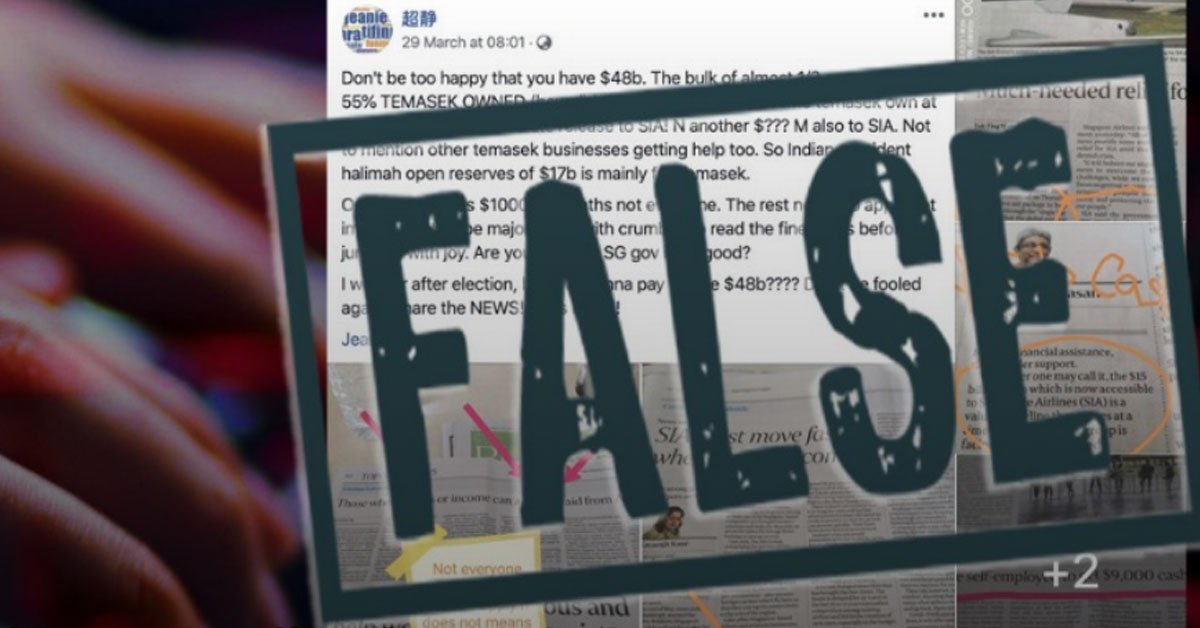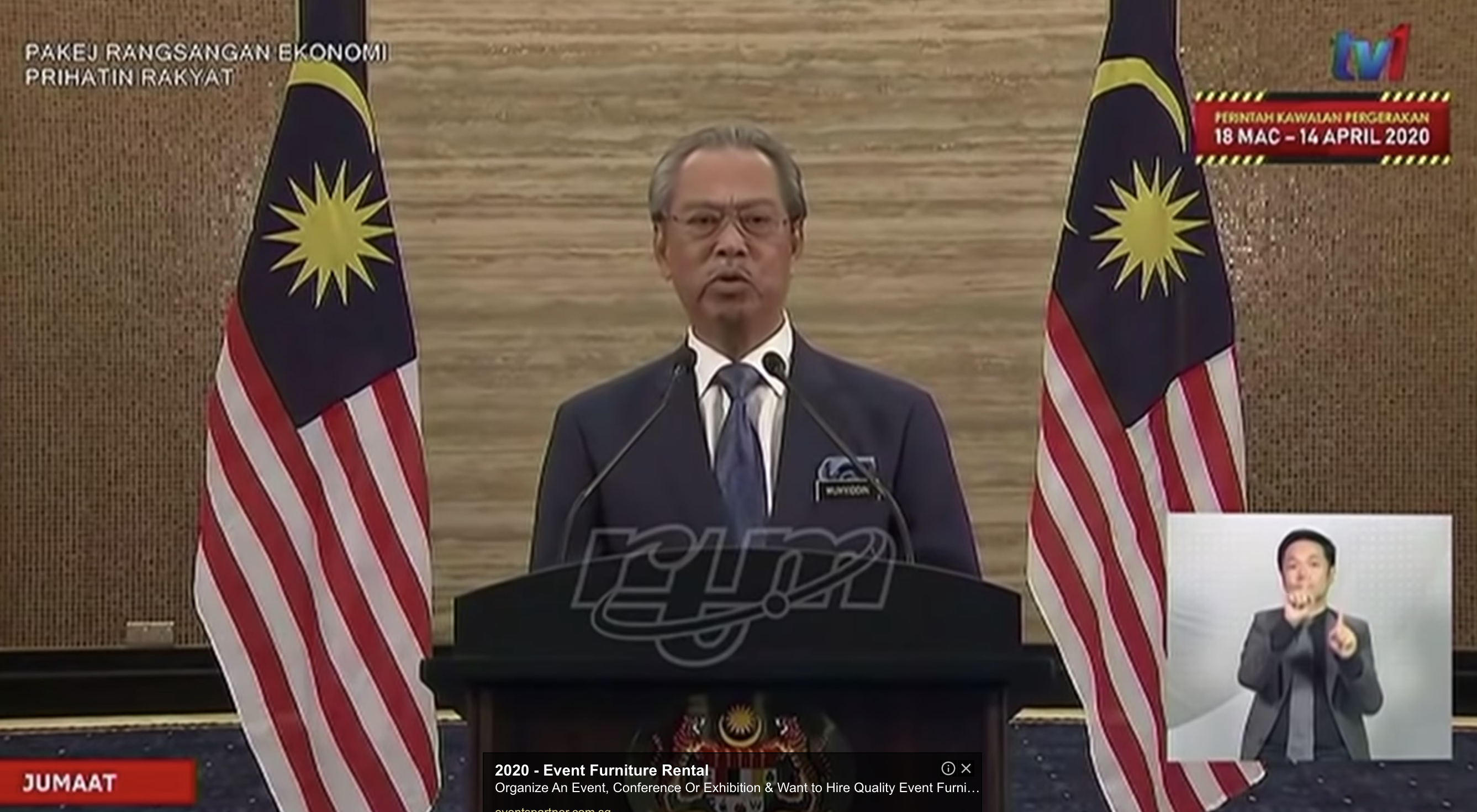In April, the Singapore Dollar hit a record high against Japanese Yen, meaning that it’s more affordable to visit Japan.
If you’ve been hesitant about making plans to go to Japan in the future, there’s now one more good reason to go.
The Japanese government had apparently begun discussing with Southeast Asian Countries, including Singapore, that they are working to enable the use of QR code payment services in Japan.
This means that you can scan to pay while shopping at certain places in Japan soon.
Here’s everything we know so far.
Japan to Introduce QR Payment System that is Linked to Global Providers
According to The Straits Times, Japan wants to implement the QR payment system by 2025, which is when the Osaka World Expo is expected to happen.
The Japanese Government is planning to get the new join payment programme running soon so that the JPQR payment system is compatible with the standards of the eight ASEAN countries that have adopted the system already:
- Singapore (SGQR)
- Malaysia (DuitNow QR)
- Indonesia (QRIS)
- The Philippines (QRPh)
- Thailand (Thai QR Payment)
- Cambodia (KHQR)
- Vietnam (VietQR)
- India (BharatQR)
Yes, once it is compatible with SGQR, Singaporean visitors can use GrabPay or PayNow to make a JPQR Payment as early as April next year.
At the same time, Japanese travellers can use QR payments to spend here and in the other countries listed above.
So convenient.
Difficult to Fully Implement
Mr Kenichi Matsuguma, the director of the cashless payment promotion office at Japan’s Ministry of Economy, Trade and Industry, said to The Straits Times that they are bound to face some issues.
He said that many Japanese businesses are not on board, especially when they have only recently transitioned to cashless payment.
However, he hopes that when foreign visitors increasingly use QR payment in Japanese stores, it will encourage more businesses to adopt the JPQR system.
Currently, Japan offers QR code payment options through platforms like Paypay and Rakuten Pay which use Consumer-Presented Mode (CPM).
Under CPM, the seller will scan a QR code generated by the buyer’s mobile device, and this form of payment makes up 8.6 per cent of the cashless transactions in Japan in 2023, according to ST.
Meanwhile, the JPQR system which is standardised with SGQR and other ASEAN countries, is under the “Merchant-Presented Mode” (MPM) where we scan the QR code that the shop provides.
Mr Matsugama told ST that Japan hopes to increase the use of cashless payment, from 40 per cent by 2025 to 80 per cent in the future.
The Payments Japan Association also aims to expand JPQR to at least 100,000 stores by the time the programme launches in 2025. They believe that the low take-up of the QR system among businesses is due to the lack of awareness and so they plan to promote it soon.
Now what?
If you’re already in Japan or are planning to go soon, keep a lookout for JPQR which has been adopted by some 15,000 businesses in Fukuoka, Wakayama, Iwate, Nagano and Tochigi.
These prefectures in Japan were where a trial was done in 2019 for the JPQR, according to Science & Technology Office Tokyo.



